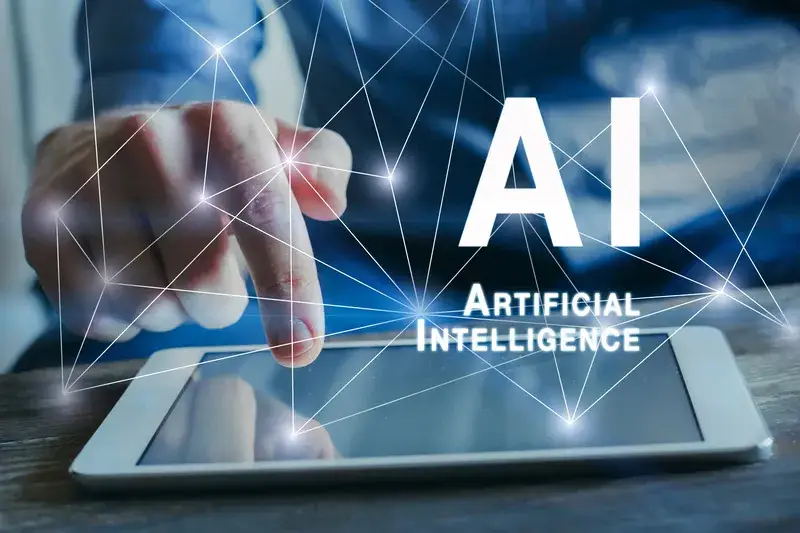The Embedded system industry is foreseen to grow swiftly and driven by potential tech developments include virtual reality, augmented reality, artificial intelligence, deep learning, machine learning, and IoT. Embedded systems will be the main component of these upcoming technologies to make them more efficient and accurate. Like the name given, standalone embedded systems can function entirely without a hosting system.
Other automotive safety systems using embedded systems include anti-lock braking system (ABS), electronic stability control (ESC/ESP), traction control (TCS) and automatic four-wheel drive. A printed circuit board programmed with an embedded system commends the hardware to process the input. The communication interface and the data are used to process and calculate the results. They are used in applications where cost is an important consideration as they are designed to be cost-effective.
Introduction of Embedded Systems Set-1
As a result, it is specifically built to work inside a plane and help with takeoff, landing, and emergency operations. Embedded computer systems go by many names (Box PC, Gateway, Controller, Industrial PC, etc.). An embedded PC is essentially any computer system that is designed for a specific use and implemented as part of a larger device, intelligent system, or installation. The term “embedded PC” doesn’t just refer to one type of computer, and instead encompasses many different types such as industrial and rugged PCs as well as edge servers. System is a set of interrelated parts/components which are designed/developed to perform common tasks or to do some specific work for which it has been created. A monolithic kernel is a relatively large kernel with sophisticated capabilities adapted to suit an embedded environment.

Embedded Systems are made for their specific tasks that require specific programming and designing. Embedded system design has to be task-specific and well optimized to work and coordinate properly. They need to cope with rough situations like changing temperature, power fluctuations, physical shock, and damages; an excellent embedded system design can efficiently functioning in these conditions. An embedded system is a computer system with higher quality and reliability requirements than other types of computer systems.
embedded systems programming
Despite being an important part of embedded systems, software applications have their limitation such as limited memory and a short time frame to respond to input and the given output. The importance of embedded systems is continuously increasing considering the breadth of application fields where they are used. For a long time, embedded systems have been used in many critical application domains, such as avionics and traffic management systems. Their broad use illustrates the importance of embedded systems, especially when considering the potential effects of their failure. Given that the hardware components are chosen, most of the design effort is in the software, including application, device drivers, and sometimes an operating system. In many cases, it is possible to build a customized integrated circuit (IC) that is functionally equivalent to an embedded system.

Here are some of the key differences between General purpose operating system and Embedded operating system. Some examples of an embedded system could be a central heating system, digital watch, or even a GPS system. They are not different from other computer systems; they https://www.globalcloudteam.com/ work almost like them and perform identically. Basically, A embedded system that relies upon and works via a network can be described as Network Embedded System. Token lockup (or vesting period) is a specific time frame when cryptocurrency tokens cannot be traded…
General Purpose Operating system
It’s a costly choice, and you must ensure that you work with the best teams. Embedded system programming is a complicated task that requires knowledge of certain programming languages and tech stacks. You would usually encounter C, C++, Java, and Python, although many other languages are acceptable as well. Some examples of a general-purpose system are desktop computers and laptops. It stands for ‘Micro-Control Linux’, and it is the latest version of embedded Linux.

Manufacturers of these devices must follow the standards and prove via audits that they perform their due diligence and have addressed all concerns for security and safety. This type of hardware and software development is time-consuming and expensive to build and test, but essential to assure correct behavior when deployed. Embedded systems run on hardware designed to meet the constraints of the product they’re used in.
Rate Analysis for Embedded Systems
In software, this typically means limitations relative to a PC—fewer applications, scaled-down applications, no operating system (OS) or a limited OS, or less abstraction-level code. However, this definition is only partially true today as boards and software typically found in PCs of the past and present have been repackaged into more complex embedded system designs. Typically, an embedded system consists of hardware and application software components.

Automation increases machine productivity, reducing development cost and design time. Examples are Industrial machinery and control, Temperature monitoring, 3D printing machines, Robotics, and Industrial Internet of Things. They count on micro-processors, micro-controllers, memory, input/output communication, and power supply definition of embedded system to perform their tasks. Some devices that are called embedded systems, such as PDAs or web pads, are not really embedded systems. There is some discussion as to whether or not computer systems that meet some, but not all, of the traditional embedded system definitions are actually embedded systems or something else.
Memory Management
The sensor reads external inputs, the converters make that input readable to the processor, and the processor turns that information into useful output for the embedded system. At OnLogic, our embedded computers serve as everything from computers for topside housing in underwater robotics solutions to the brains behind complex digital signage displays and modern interactive kiosks. Chances are good that in your travels today you passed right by a number of embedded computers without even knowing they were there. Or simply we can say something which is integrated or attached to another thing.
- What’s interesting about embedded systems is the breadth of applications.
- The executable running on such a device is typically a monolithic image (all linked together).
- But an embedded Microcontroller or Microprocessor unit interfaces few or all the peripherals to the CPU on a single SOC (System On Chip) IC.
- They work collaboratively with developers and provide technical assistance to clients and other departments.
- Embedded computers come in an endless array of shapes and sizes from the tiny ARM-based devices that quietly collect and relay data, to all-in-one solutions that run huge earth movers and military equipment.
- This makes the testing and validation of such systems a challenging task.
It allows the executing programming codes that deliver access to devices to complete their jobs. An embedded OS enables an embedded device to do its job within a larger system. It communicates with the hardware of the embedded system to perform a specific function.
Real-Time Embedded Systems
Transportation systems from flight to automobiles increasingly use embedded systems. New airplanes contain advanced avionics such as inertial guidance systems and GPS receivers that also have considerable safety requirements. Various electric motors — brushless DC motors, induction motors and DC motors — use electronic motor controllers. Automobiles, electric vehicles, and hybrid vehicles increasingly use embedded systems to maximize efficiency and reduce pollution.
